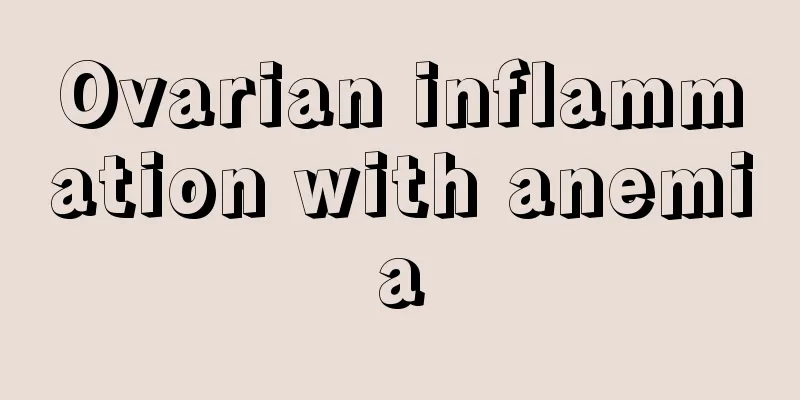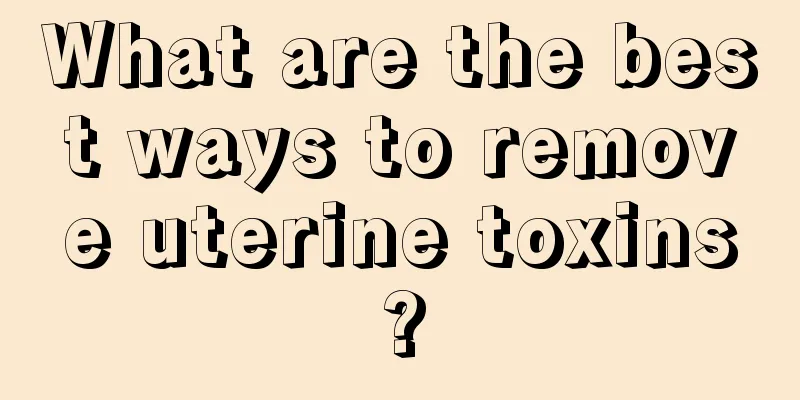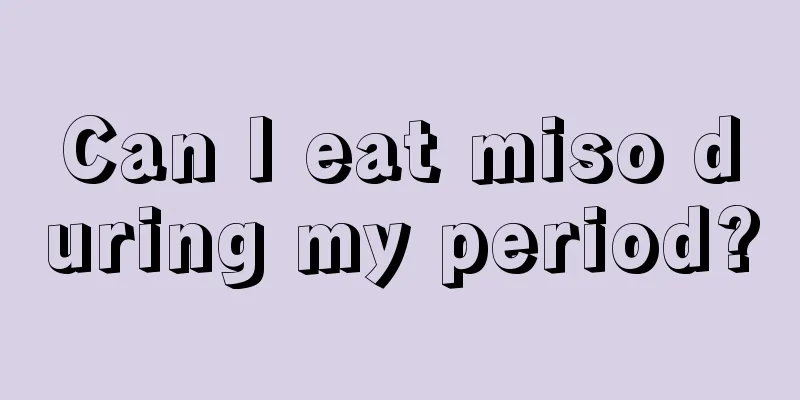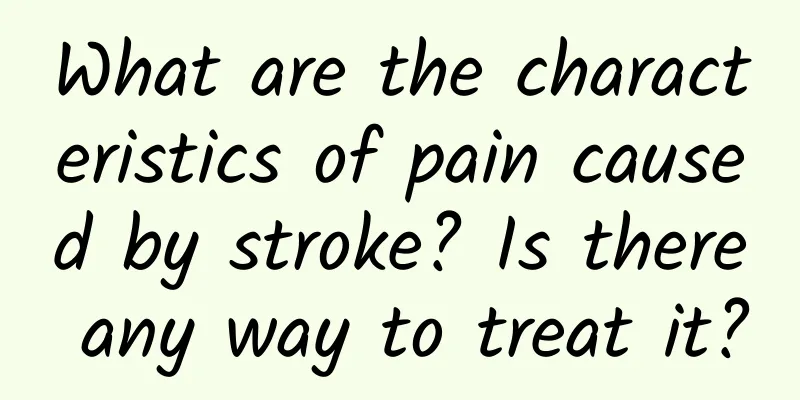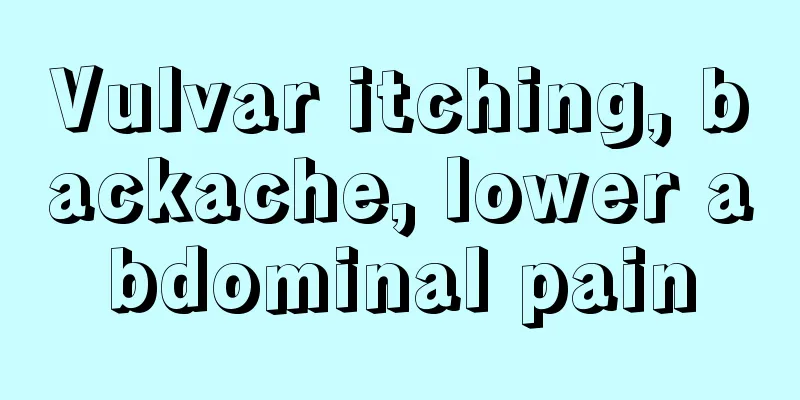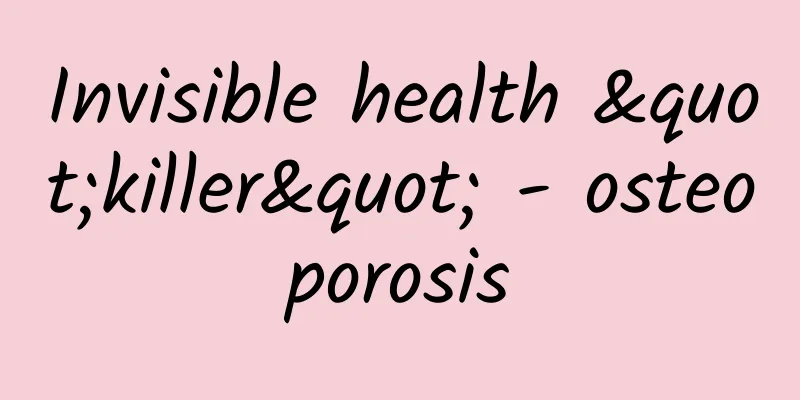How to restore menstruation in polycystic ovary syndrome
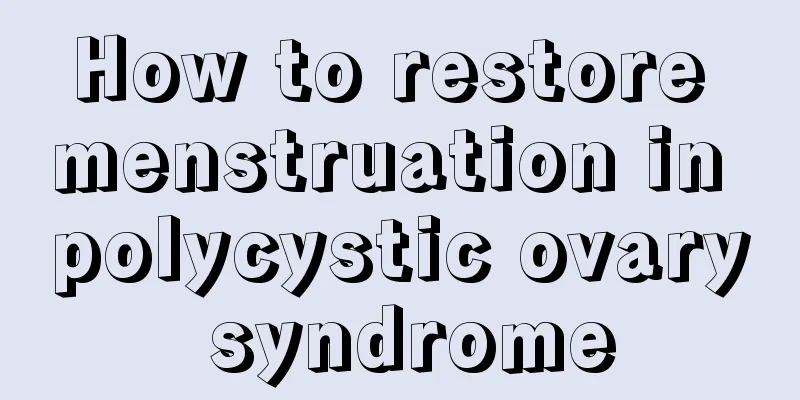
|
Polycystic ovary can cause ovulation disorders in women, that is, there are many eggs, but they do not develop. In this case, women cannot get pregnant, and many patients with polycystic ovary do not have menstruation. In this case, timely treatment is necessary to restore menstruation as soon as possible and restore fertility. So, how can polycystic ovary restore menstruation? Let's take a look. 1. Weight loss method: This method focuses on increasing exercise to reduce weight, because of the endocrine and metabolic disorders caused by obesity. Then losing weight can effectively restore endocrine system gradually. In this way, after the ovulation period is normal, the chance of pregnancy will greatly increase, and polycystic ovary will gradually subside. 2. Insulin resistance method: Relieving insulin resistance can increase SHBG, leading to a decrease in the level of male hormones, and can effectively treat polycystic ovary and infertility caused by excessive male hormones. 3. Clomiphene drug therapy: It competes with endogenous estrogen at the hypothalamic-pituitary level for protein kinase, inhibits the negative feedback of estrogen, increases the pulse frequency of GnRH metabolism, and thus regulates the metabolic ratio of LH and FSH. This will increase the ovulation rate. However, this drug has side effects, such as abdominal discomfort, decreased vision, rash, hair loss, etc. 4. Urinary gonadotropin drug therapy: It is mainly used for patients with endogenous pituitary gonadotropin and decreased estrogen secretion. However, this drug has more side effects than clomiphene and has a significant stimulation to the uterus and ovaries. 5. Gonadotropin-releasing hormone therapy: It can promote the release of FSH and LH from the pituitary gland, but long-term use will make the kinase of pituitary cells insensitive, resulting in a decrease in gonadotropin, thereby reducing the production of ovarian estrogen. 6. Bilateral uterine and ovarian wedge removal therapy: remove part of the uterus and ovaries, remove the excess androgen produced by the uterus and ovaries, and correct the disorder of the hypothalamic pituitary-pituitary-uterine and ovarian axis. However, the location of removal and the amount of tissue removed are related to the efficacy, and the efficiency varies. This method has a high recurrence rate after surgery. |
<<: How to improve the success rate of pregnancy
>>: Postpartum ovulation signs
Recommend
Bright red menstrual blood is not normal
Women are more prone to physical problems during ...
Can women eat donkey-hide gelatin during menstruation?
Many female friends like to eat Guyuan Paste beca...
Spring weight loss diet advocates following 3 dos and 5 don'ts
The cold of winter is gradually fading away and s...
Why do pregnant women get hemorrhoids?
Many female friends will have varying degrees of ...
How to treat rhinitis during pregnancy
Maybe many people don’t have a good understanding...
Tips for removing spots and enlarging breasts during menstruation
If your breasts become flat, you will appear very...
Amniocentesis in pregnant women
When the baby's due date is approaching, what...
What are the effects of applying vitamin E on the face
There is no doubt that vitamin E can be applied t...
World Oral Health Day丨Why do some people, at a young age, have “a car parked” in their mouths?
Why do some people, at a young age, have a car pa...
When is the best size for uterine fibroids to be operated on?
Uterine fibroids are a common gynecological disea...
How to store a whole durian, and how long can it last? What to do if the durian has cracked but the flesh is hard?
Durian (scientific name: Durio zibethinus Murr), ...
Can I get pregnant if my period is coming soon?
I believe that most female friends are familiar w...
Why do some people not respond to pregnancy?
Some female friends have no reaction or slow reac...
If I eat vegetarian food every day, my blood lipids won’t be high?
Rumor: "If you eat vegetarian food every day...
What kind of soup is good for women to drink more?
We all know that women's body structure is ve...
